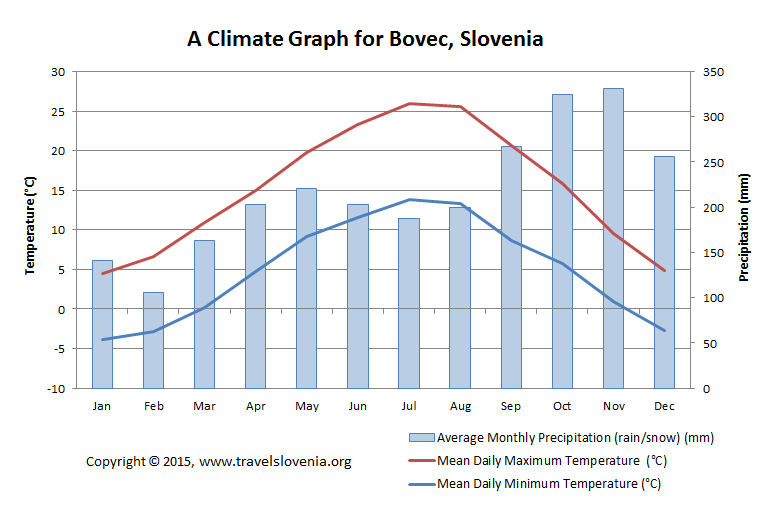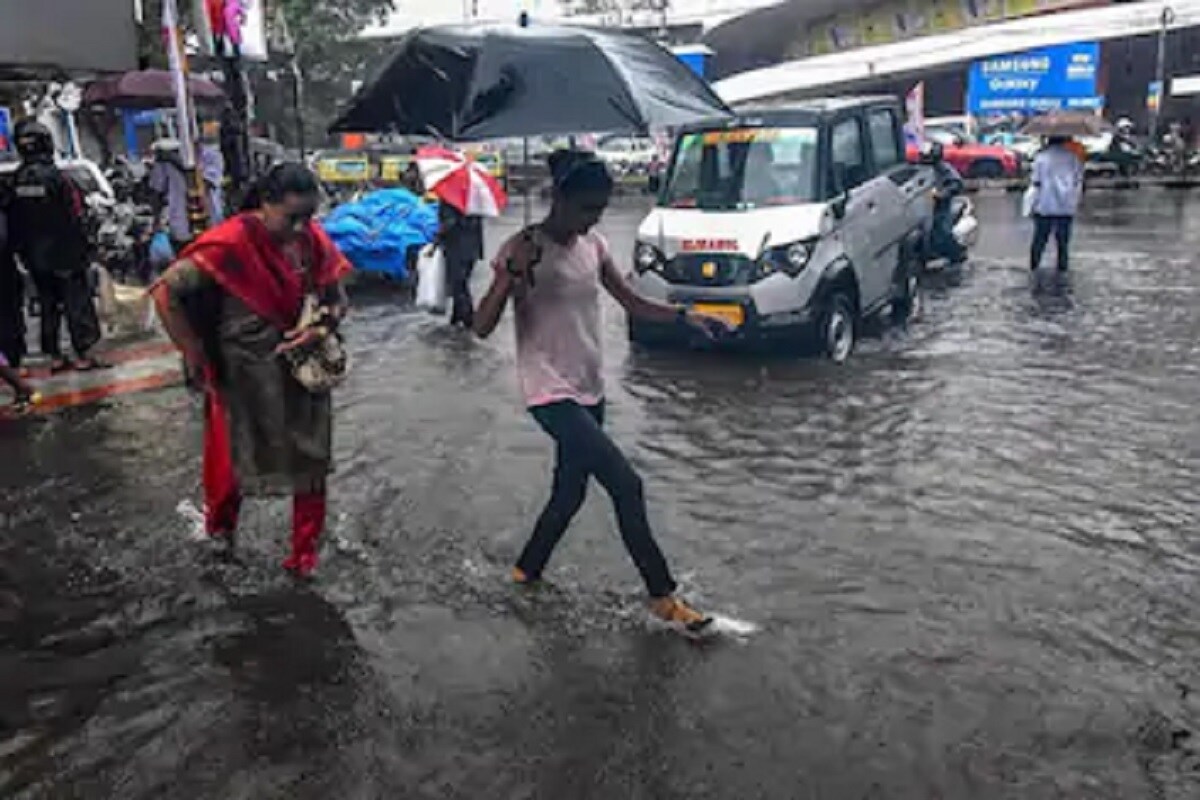
When the rain did come last winter, it came with a vengeance, in the form of an atmospheric river that dumped more than a foot of rain on us in roughly 48 hours on January 27th and 28th. We shared a piece on our social media in mid-January that I found really dramatic: a photo taken from the same spot on the same day in 2022 (exceptionally green) and 2021 (entirely brown): We saw a punishingly dry early winter that left things in late January looking more like we'd expect in November than in March. Our rainfall distribution is such that in the winter, we're a rain forest climate, while in the summer, we're a desert (climate graph from the site, on which I spend probably more time than is healthy):Īs you can see, the calendar year ends just as the water year is really getting going. In a place like California where nearly all our annual precipitation comes in the winter, the break between one calendar year and the next is not a meaningful way of looking at current conditions. The secret to making sense of this is understanding the difference between the calendar year and the water year. So why are climatologists and reporters so downbeat about our current totals? Downtown Los Angeles saw 14.27" of rain, which was 98% of their 60-year average.

The city of Paso Robles recorded 16.75", about 119% of their 75-year average. And yet, here at Tablas Creek, 2021 finished with above-average rainfall at nearly 30 inches.Īlthough we do get more rainfall than most of the Central Coast, we're not alone in having 2021 be an above-average rainfall year. The last week has seen headlines that feel like flashbacks to 2015 or 2016, including Brush fires rage in Southern California amid record heat, worsening drought (Washington Post), California’s Drought-Relief Dreams Are Quickly Drying Up (Bloomberg), and As drought continues, Southern California offers millions to buy Sacramento Valley water (Sacramento Bee).

After our lovely, wet December, the last six weeks have been almost completely dry.


 0 kommentar(er)
0 kommentar(er)
